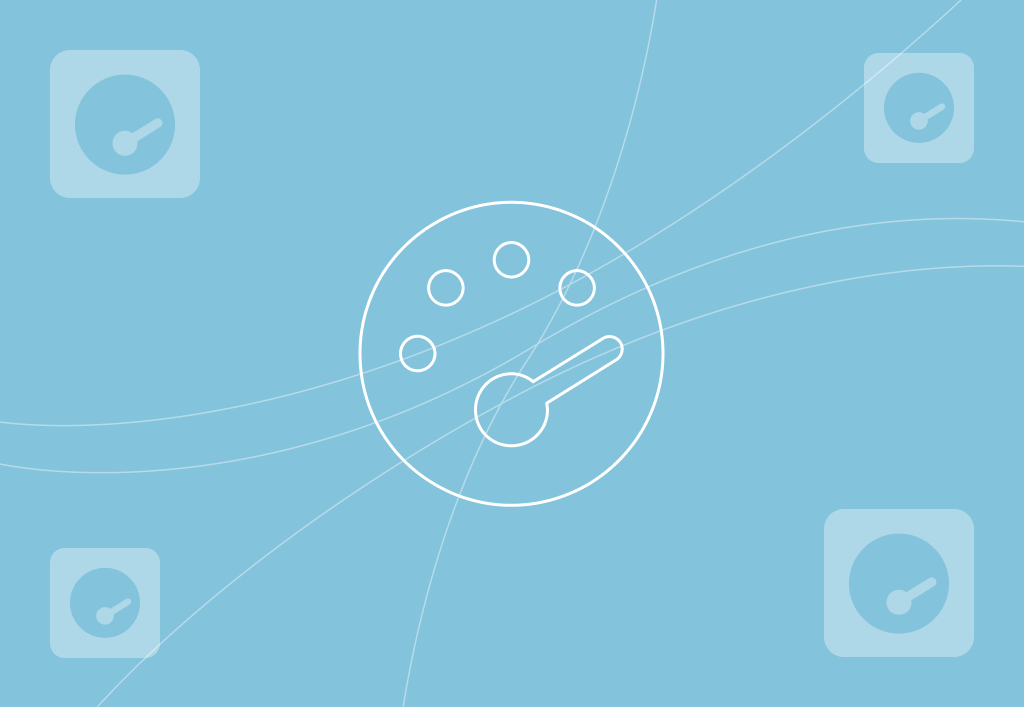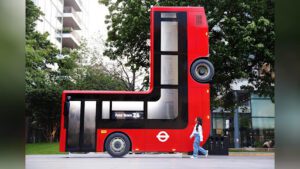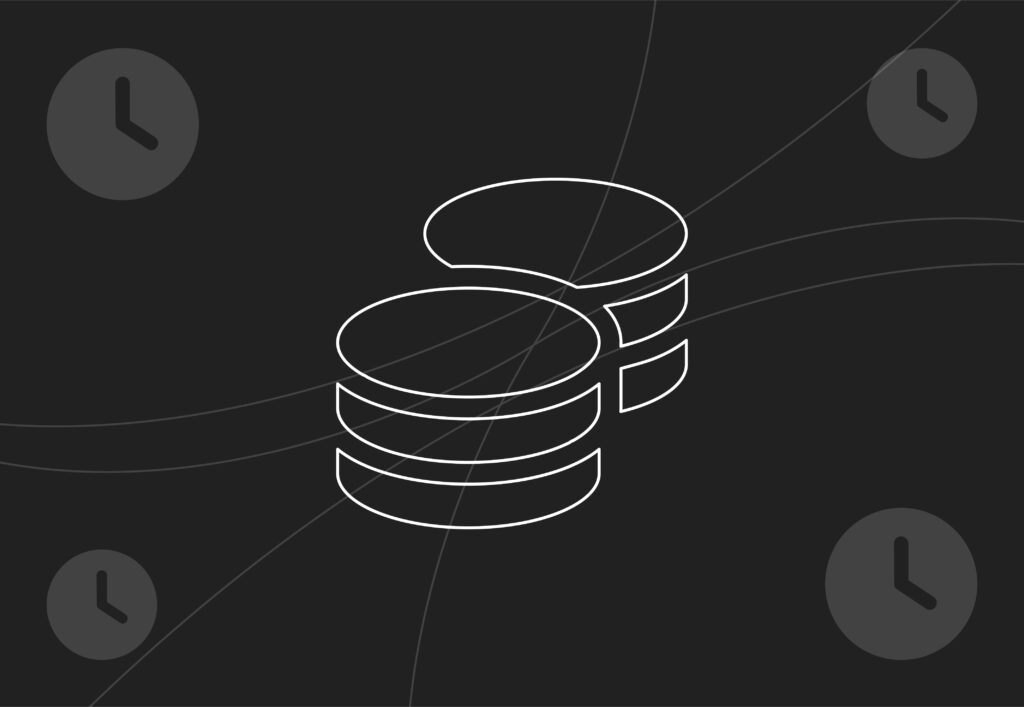
July 2025 top performance marketing insights

As July wraps up, we as marketers are stepping back to review what’s worked, what’s shifted and what’s signalling that change might be coming. From platform evolutions and new ad formats to shifting consumer behaviours and standout campaigns, this month has offered a mix of lessons and inspiration we’ll carry into the final leg of the summer.
July’s platform updates and trends
Meta’s resurgence: Despite economic downturns and ongoing regulatory pressures, Meta reported stronger-than-expected ad revenue growth in Q2. CPMs remain efficient compared to 2022/23 peaks, with us performance marketers leaning into AI-powered Advantage+ campaigns and dynamic creative testing for incremental gains. Several brands we’ve supported have seen as much as a 20% improvement in ROAS when layering Meta’s automation tools with strong creative iterations.
TikTok’s performance paradox: Despite political scrutiny and regulatory uncertainty, TikTok continues to drive bottom-line impact. Spark Ads remain a standout format, especially for brands using creator-led content authentically. Retail clients could see a 25% MoM ROAS lift by optimising their Spark Ads with micro-influencer content tailored to product niches.
Google’s automation push: Performance Max is still centre stage. While we welcome the more granular asset group insights rolled out in July, transparency gaps remain a pain point. That said, for several lead gen accounts, combining PMax with offline conversion tracking has been transformational, especially when paired with compelling value-exchange content.
Creative learnings and stand-out campaigns
Low-fi, high impact: For the most part, the era of glossy perfection is behind us (except for if you’re in Rhode’s marketing team, perhaps). July was another month that re-affirmed that native, organic-feeling content performs. Brands that embrace a “done is better than perfect” mindset continued to see stronger engagement.
The Chamberlain Coffee x Pinterest July campaign is a perfect example: a Gen Z-first, lo-fi collab that used Pinterest boards as both inspiration and commerce channels. The creative was native to the latform, influencer-led, and drove direct conversions, proving that performance and low-fi don’t aren’t mutually exclusive (we left that back pre-COVID).

Narrative sequencing wins again: SURREAL, Duolingo,Tony’s Chocolonely… need we say more. Multi-step storytelling formats – although often seen as a way for brands to have a laugh, are gaining momentum – especially for bold, challenger brands, as ways to build brand-affinity and personality, increase dwell time, educate in a light-hearted manner, drive social engagement and more.
Sky Sports’ “Only Live Once” July campaign tapped into this approach brilliantly. It used emotional, character-driven moments across TV, radio, OOH and digital to build anticipation for the new Premier League season. Rather than relying on a single hero asset, the campaign unpacked different stories and perspectives across multiple touchpoints, creating a sense of momentum that supported brand lift and subscriber growth.
AI-generated creative: Could we call this a performance marketing blog without an AI mention? Brands are testing AI tools like Midjourney or Adobe Firefly to scale static creative production. While it’s important to tread carefully and most are doing, it’s proving useful for variant testing at speed. It’s not (yet) a replacement for great concepting, but it’ll open your production bottlenecks right up.
Some teams are already using AI to support visual concepting for OOH and product launches, as seen in Samsung’s “Fold Town” campaign, which saw East London transformed with surreal, bendy installations to promote its Galaxy Z Fold6. AI helped mock up visual formats during the concept stage, later turning into viral social content that boosted both IRL footfall and product discovery.

Channels that were worth watching in July
While Meta, TikTok, and Google are likely the focus of your paid-for performance marketing, we’re also seeing shifts in platforms that are often overlooked, but increasingly viable:
YouTube Shorts quietly continues to scale, especially for brands adapting creative to match TikTok-style storytelling (voiceover-first, problem/solution framing). In July, brands saw their CPVs drop by up to 40% YoY. For those facing creative fatigue on Meta or in long TikTok learning phases, Shorts offers a low-friction entry point into short-form without the same level of creative scrutiny (cue a sigh of relief from anyone who’s works in Meta day to day).
Pinterest also made quiet but meaningful moves in July, rolling out new catalogue-powered ad formats and enhanced audience segmentation tools for ecom. For lifestyle, fashion, and home brands, it’s still one of the most intent-rich and underutilised performance levers. As mentioned, the Chamberlain Coffee collaboration put it back in the spotlight, but the tech underneath is what deserves attention (as un-sexy as it is).
All in all, July reminded us that agility continues to be the currency of growth (as referenced in the last blog I wrote for our site (not-so shameless plug), here). While many brands are still adapting to post-ATT behaviours and fluctuating acquisition costs, performance success increasingly comes from brands that move fast; not just in how they test, but in how they structure teams, content, and customer journeys.
Consumers are leaning into community-first content, smaller creators are delivering more and more influence, and the “performance ceiling” is now shaped as much by CX and creative as it is by budget or targeting. If there’s a red thread through all learnings, it’s that media execution, creative, and retention must work harder together, not in silos. The brands getting this right aren’t necessarily spending more; they’re just building better ecosystems and multi-channel strategies.
What’s actually working just now – by industry
Fashion
- TikTok Spark Ads are still driving outsized return, but only when paired with weekly (yep, that says weekly), creative refreshes. The fatigue curve is fast: 5–7 days in many cases.
- Email LTV is climbing! New customers are buying more frequently if they’re welcomed with a high-value post-purchase journey (think: restyling guides, community invites and seasonal exclusive-access drops).
Home and interiors
- UGC and tutorial-based content is converting better than polished studio assets, especially for products over £100. People want to see items “in the wild” and genuine use-cases.
- Seasonal Pinterest content is landing earlier than expected this year. Brands pushing autumn prep in late July are already outperforming control groups.
Health and wellness
- YouTube Shorts and Pinterest are doing surprisingly well for top-of-funnel in this industry, especially when paired with lead magnets (free guides, assessments, early access etc).
- SMS acquisition is outperforming email for calendar-based activations (e.g. summer sales, National Relaxation Day). Brands using two-step pop-ups (email > SMS) are building healthier lists.
Food and drink
- Bundle offers are consistently outperforming % discounts, particularly when paired with TikTok UGC and paid partnership posts.
- Meta ad fatigue is brutal here. Frequency caps are essential! Brands rotating-in fresh creators or batch shooting UGC every week are seeing 20–30% lower CPAs. Keep your content as fresh as your content (…sigh).
B2B and SaaS
- LinkedIn’s CPCs are painful — but retargeting flows built from high-intent channels (Google, newsletter signups, webinar attendees) are delivering excellent ROI.
- AI-based subject lines in email are increasing open rates by ~15% in our tests, but only when followed by personalised, human-feeling body copy.
Property
- Pinterest is quietly scaling as a top-of-funnel tool for this industry.. Brands pushing renovation inspo, new-build moodboards, or location guides are seeing strong click-throughs, especially when content is seasonally aligned (e.g. “moving by Christmas?”).
- YouTube Shorts is working well for lead gen, particularly when brands repurpose TikTok-style formats like home walkthroughs, mortgage tips, or “what £300k gets you in…” style content. Add overlays, captions, and voiceover to get the best results.
- Reddit and Quora are worth testing for pre-intent engagement. First-time buyers, location-specific moving questions and rental advice forums are full of high-intent but low-competition opportunities.
What’s next for August?
As we move into August, performance marketers have an opportunity to get ahead, not just react. This is typically a transitional month: consumers are (sadly) winding down from their summer plans, a lot of brands are gearing up for peak and platform algorithms are learning fast from Q3 behaviours.
Here’s what to watch and how to act:
Back-to-school / off-to-uni
August = the calm before the Q4 storm for many. CPG, fashion, beauty, tech, home – August is your opportunity to run peak-season tests with lower CPMs. Run your tests before Q4 hits. Test peak messaging, bundles,offer-sensitivity etc with lower-cost learning phases before the market fires up their activity and you have to pay more to learn what’s working for your customers this season.
Creative fatigue and how to fight it
You’re not alone in your summer ads reaching creative fatigue. Similarly to the above, let’s use August to combat that, via mini content sprints and subsequent tests building insights from and capitilising on the success of summer’s high-performing ads.
Don’t call it a comeback (or do, if it’s email and CRM)
At any time where paid performance is fluctuating (more than usual), get your retention channels back into the spotlight. During Q3 we’ve seen several of the brands we work with shift focus gradually toward first-party data and creative CRM journeys to increase repeat purchase and build loyal advocacy.
Top tip: treat your CRM like you’d treat your top-performing ad set by building variant tests, automating triggers based on intent signals and testing subject line A/Bs.
Work smarter, not harder
Use August’s natural lull as the perfect moment to scale visibility without starting from scratch. You likely already have high-performing content assets sitting in your library collecting dust. Now’s the time to repurpose them for new formats and placements, (relatively) easily.
We’re seeing strong results from brands using existing assets to lean into TikTok-style content, even if they’re not on TikTok Shop. The trick? Frame your content like a demo or recommendation: clear problem > solution > proof. These perform well not just on TikTok, but also Meta Reels, Pinterest, and YouTube Shorts.
Top tip: Treat your asset bank like a toolkit. Pull out evergreen content, edit for portrait, overlay a fresh hook or voiceover, and push it into new channels. “Done” is better than “perfect” remember, and right now, reach > polish.
Channels worth watching in August
If July reminded us to move faster, August asks us to think smarter: how can you test into unfamiliar territory without bloating budget or bandwidth? These three platforms are worth watching as the solution – not just for their audience potential, but for the newness they’ve added that makes them easier to test into than ever:
- Snapchat has been relatively quiet this year, but early tests with AI-generated lenses and dynamic product experiences are gaining traction. If you’re in youth or trend-driven categories (fashion, beauty, quick-turn ecom), Snap might quietly become a lower-CAC dark horse, especially in retargeting.
- Reddit is ramping up efforts to draw us performance marketers in (and with our team, it’s working). Expect increased buzz in August as their updated Ads Manager, contextual targeting, and community-based placements roll out more broadly. As they’re still undervalued from a cost-efficiency perspective, Reddit can punch above its weight for niche and high-intent audience plays, especially for those who nail their copy and targeting.
- Amazon DSP (and off-platform) will likely see a spike in strategic chatter in August as brands gear up for Q4. With Prime Day behind us, some retail brands are shifting budgets early to test Amazon’s off-site placements. If you’re already running on Meta/Google, Amazon’s retail media network offers a route to incrementality and is becoming easier to bolt on to existing campaigns.
Key dates to look out for in August
Aug 8 – International Cat Day
Perfect for pet brands, lifestyle creators, and playful tone-of-voice moments.
Aug 15 – National Relaxation Day
Use this for self-care, beauty, wellness, supplements, or “slow living” themes. Great excuse for storytelling + education content.
Aug 19 – World Photography Day
Spotlight your UGC, creator content, or behind-the-scenes visuals.
Aug 25–31 – Back to School Activation Window
A big opportunity for planners, productivity tools, kid-focused brands, or home organisation products.
Aug 26 – Summer Bank Holiday (UK)
Lean into bundle promos, content refreshes, or “long weekend” CTAs.
We’re seeing early signs of “routine-reset” behaviour currently – customers getting back to structure, habits, and wellness after summer. This is your cue to start teasing autumn drops, goal-based messaging, or habit-building routines.
How we’re using AI in August (and how you should, too).
For insight generation
- Claude or Gemini for competitor mapping: Instead of reading 50 pages of onboarding emails, ask Claude to summarise journeys and key value props from full customer flows. It’s a 30-minute job now done in 5.
- Reddit + forum scanning: Use Gemini to analyse Reddit threads and community chatter for emerging pain points, product reviews, and messaging ideas. It’ll save you the hours down a complaining-customer rabbit hole. You’re welcome.
For creative production
- ChatGPT for rapid headline variants: Taking a proven creative hook and spinning 10 fresh intros or CTA angles in 10 seconds (ish) flat.
- Midjourney (or similar) for concept visuals: When testing new product themes or landing page styles, AI images help us iterate and pitch ideas faster.
For testing and learning loops
- AI-assisted testing plans: Using GPT to generate test matrices (audience x creative x offer), and auto-fill gaps we might miss when doing it manually.
- Predictive sentiment testing: Running ad copy through AI models trained on past performance data to predict likely engagement outcomes.
Key takeaway: Don’t use AI to replace your strategy. This won’t be the first or last time you hear that! Use it to accelerate the strategic work you already know how to do.
In summary:
July showed us that performance marketing isn’t about speed, it’s about smart, connected strategy. Platforms evolved (Meta stabilised, TikTok held strong, Google kept automating), but it was how brands responded that made the difference – as always. Those who doubled down on creative iteration, platform-native formats, and lo-fi storytelling saw the clearest wins.
August presents a quieter, but more strategic window: a chance to test, reframe and ready your brand for Q4 without the pressure of peak. It’s the month to combat creative fatigue, repurpose top content, pressure test CRM, and build performance systems that work smarter, not harder.
Whether you’re planning for back-to-school, tapping into overlooked platforms like Reddit or Pinterest, or running your own AI-powered sprint cycles, the takeaway is that agility, alignment, and good content still outperform big budgets.


